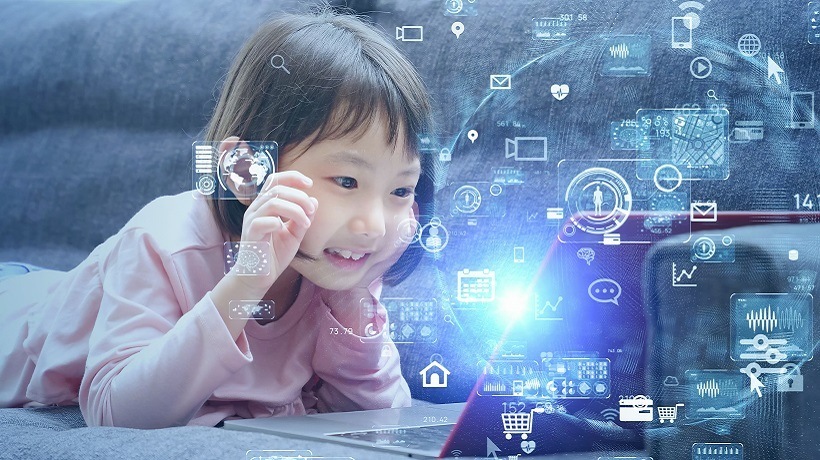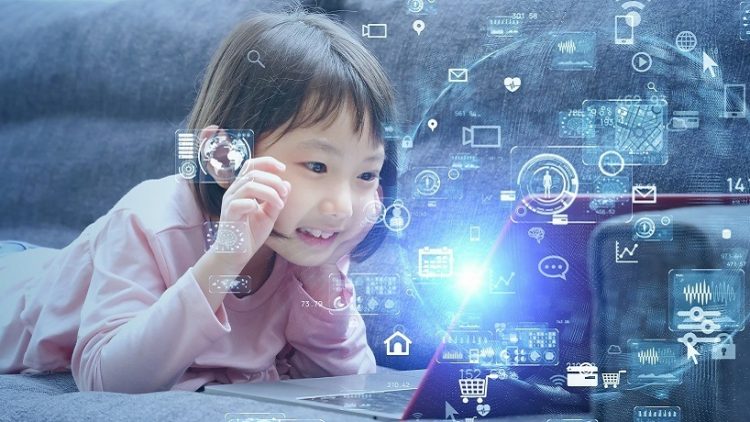The Role of AI in Transforming Online Tutoring

Artificial Intelligence (AI) has emerged as a transformative force in various industries, and education is no exception. In the realm of online tutoring, AI offers innovative tools and capabilities that enhance the learning experience and personalize instruction for students. This article explores the role of AI in transforming online tutoring, highlighting existing technologies and real-life examples, to showcase the potential of AI in revolutionizing education.
I. Intelligent Personalized Instruction: Adaptive Learning Systems
1. Adaptive Learning Systems: Tailoring Instruction to Individual Needs
Adaptive learning systems powered by AI algorithms analyze data on student performance, preferences, and learning styles to deliver personalized instruction. These systems identify knowledge gaps and offer customized learning paths, ensuring that students receive content that matches their individual needs and pace. For example, platforms like Knewton and DreamBox utilize AI to continuously assess students’ understanding and adapt the learning materials accordingly. As American educator and author John Dewey once stated, “Education is not preparation for life; education is life itself.”
2. Intelligent Tutoring Systems: Virtual Tutors for Individualized Support
Intelligent Tutoring Systems (ITS) leverage AI to provide individualized support and guidance to students. These systems analyze students’ responses and behaviors, offering real-time feedback and adapting instructional strategies based on their strengths and weaknesses. ITS can simulate one-on-one tutoring experiences, assisting students in problem-solving, explaining concepts, and tracking progress. Carnegie Learning’s Cognitive Tutor and Duolingo’s language-learning platform are notable examples of ITS that harness AI technology. As American philosopher and psychologist William James once said, “The great use of life is to spend it for something that will outlast it.”
II. Enhancing Student Engagement: Virtual Assistants and Chatbots
1. Virtual Assistants: AI-Powered Learning Companions
Virtual assistants, such as Amazon’s Alexa and Apple’s Siri, have expanded into the realm of education, serving as AI-powered learning companions for students. These intelligent assistants can answer questions, provide explanations, and offer educational resources. They create interactive and engaging learning experiences, enabling students to access information and learn in a conversational manner. As American futurist and author Peter Diamandis once stated, “Artificial Intelligence will empower us, not exterminate us.”
2. Chatbots: Instant Support and Feedback
Chatbots are AI-driven tools that engage in text-based conversations with students, providing instant support and feedback. These virtual assistants can answer frequently asked questions, assist with assignments, and offer guidance in real time. Chatbots like IBM Watson Assistant and Xiaoice in China have demonstrated their effectiveness in augmenting online tutoring experiences, offering immediate assistance and personalized interactions. As American computer scientist Alan Kay once said, “Technology is anything that wasn’t around when you were born but is around when you’re 35.”
III. Data Analytics for Continuous Improvement
1. Learning Analytics: Data-Driven Insights
Learning analytics leverages AI and data mining techniques to analyze vast amounts of student data, providing insights into learning patterns, trends, and areas for improvement. Tutors can utilize this information to identify student challenges, modify instruction, and personalize interventions. Learning management systems like Moodle and Blackboard integrate learning analytics to track student progress, identify at-risk students, and optimize learning outcomes. As American statistician W. Edwards Deming once said, “Without data, you’re just another person with an opinion.”
2. Predictive Analytics: Anticipating Student Needs
Predictive analytics utilizes AI algorithms to forecast student performance, enabling tutors to intervene proactively and provide targeted support. By analyzing various factors such as past performance, engagement levels, and demographic information, predictive analytics can identify students who may need additional assistance or intervention. This empowers tutors to address students’ needs promptly and increase the likelihood of academic success. As American author and management consultant Peter Drucker once emphasized, “The best way to predict the future is to create it.”
Conclusion
AI technology is revolutionizing the landscape of online tutoring, offering intelligent personalized instruction, enhancing student engagement, and providing valuable insights through data analytics. As we embrace the potential of AI in education, it is crucial to ensure that these technologies are ethically and responsibly implemented, with a focus on human-centered learning. With AI as a powerful tool, educators and students can experience a new era of personalized, interactive, and effective online tutoring. To quote American computer scientist and AI pioneer John McCarthy, “Artificial Intelligence is the science and engineering of making intelligent machines.” In the realm of online tutoring, AI is paving the way for a future where education is tailored to the needs and abilities of each individual learner.


